Many vintage cars have been designed with the utmost class and power, making them stand out even with time. Some of these vehicles have design features rarely seen today, making them genuinely iconic of their time. While many modern sports can deliver unmatched speed, some vintage sports cars offer performance, construction, and engineering, which enable them to exhibit amazing speed, making them ageless speedsters. These are 17 vintage cars that can outrun today’s sports cars:
1966 Shelby Cobra 427
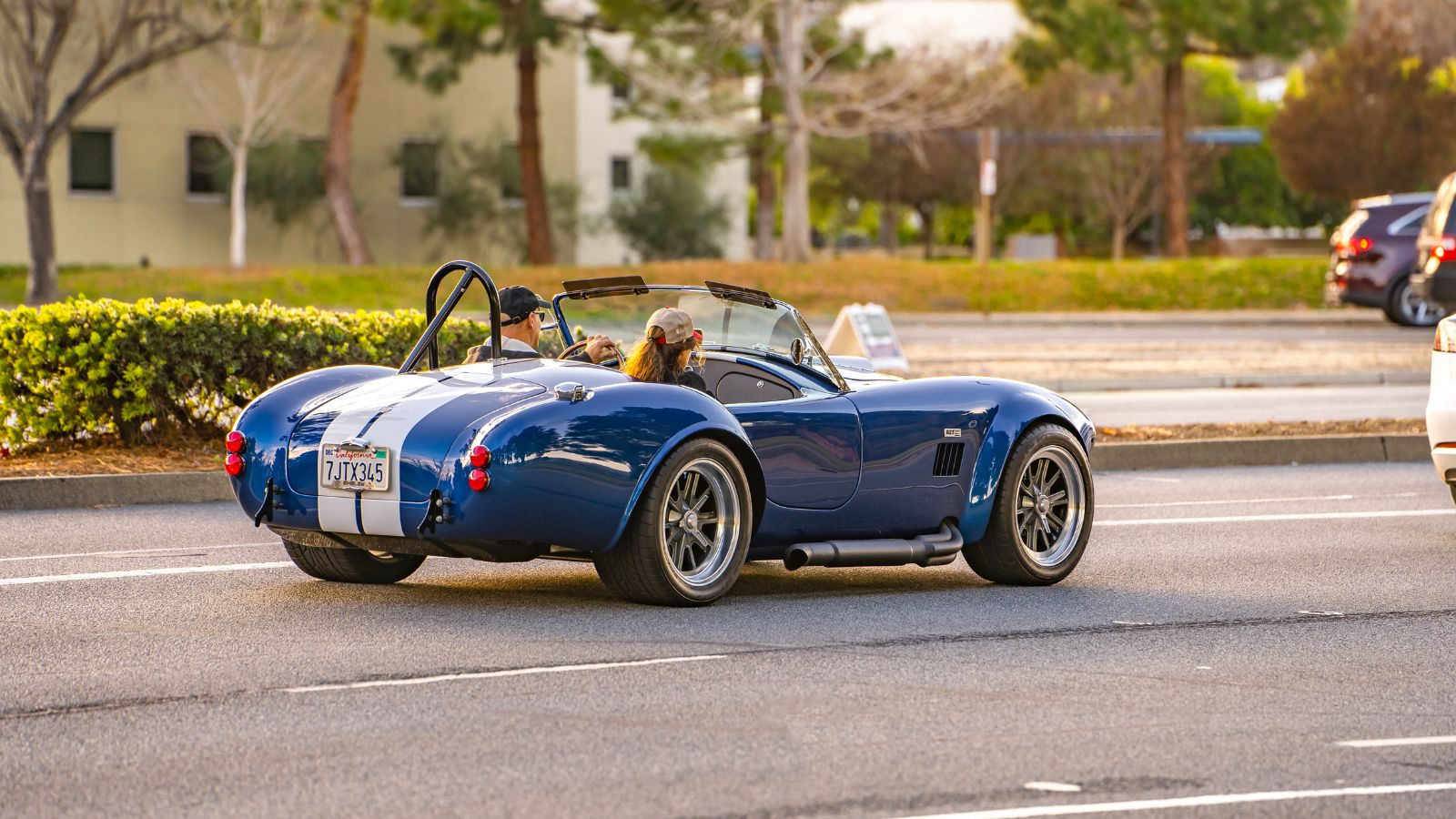
The 1966 Shelby Cobra 427 is armed with a huge 7.0-liter Ford V8 engine that delivers 425 horsepower and a mighty torque output of 651 Nm, a configuration that marries the best British chassis engineering and American performance power. At only 2,355 pounds or 1,068 kilograms, in lightweight trim, the car can go from zero to sixty miles per hour in 4.2 seconds. And years later, the car still holds up well against modern sports cars. However, its combination of trim weight and vast horsepower proves to be much better than fastness, giving it great repute at drag strips.
1969 Chevrolet Camaro ZL1
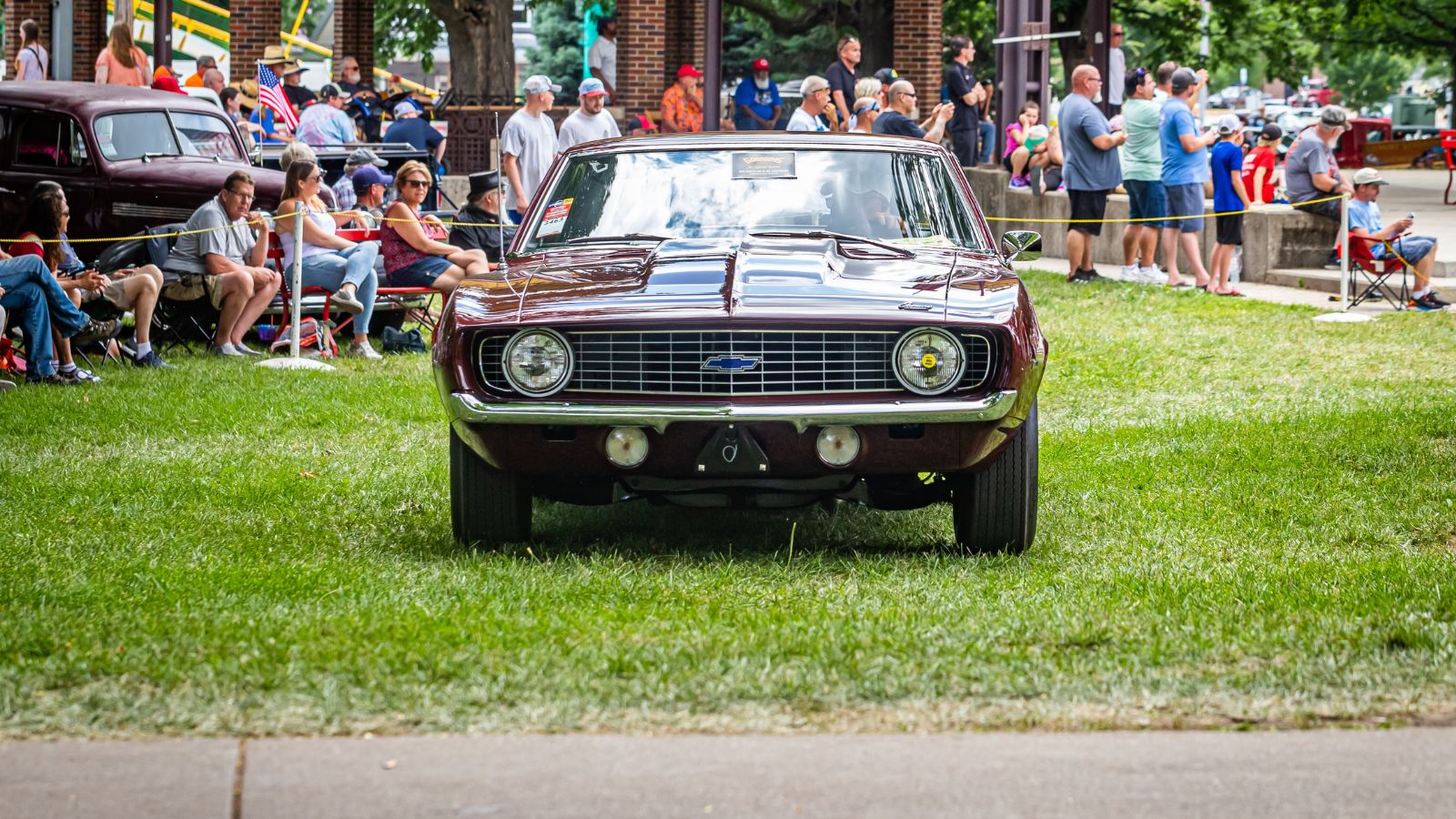
The 1969 Chevrolet Camaro ZL1 proved General Motors’ secret weapon in drag racing. Using a so-called all-aluminum V8 engine of 7.0 liters displacement (427 cubic inches), this big motor had volcanically estimated performance measures that hovered around 500 horsepower. This muscle car could go from zero to sixty miles per hour in four seconds and run a quarter mile within twelve seconds while spinning tires at over 110 mph. It’s even more remarkable that only fifty-nine units were made, making it one of the rarest muscle cars ever produced.
1970 Plymouth Hemi Cuda
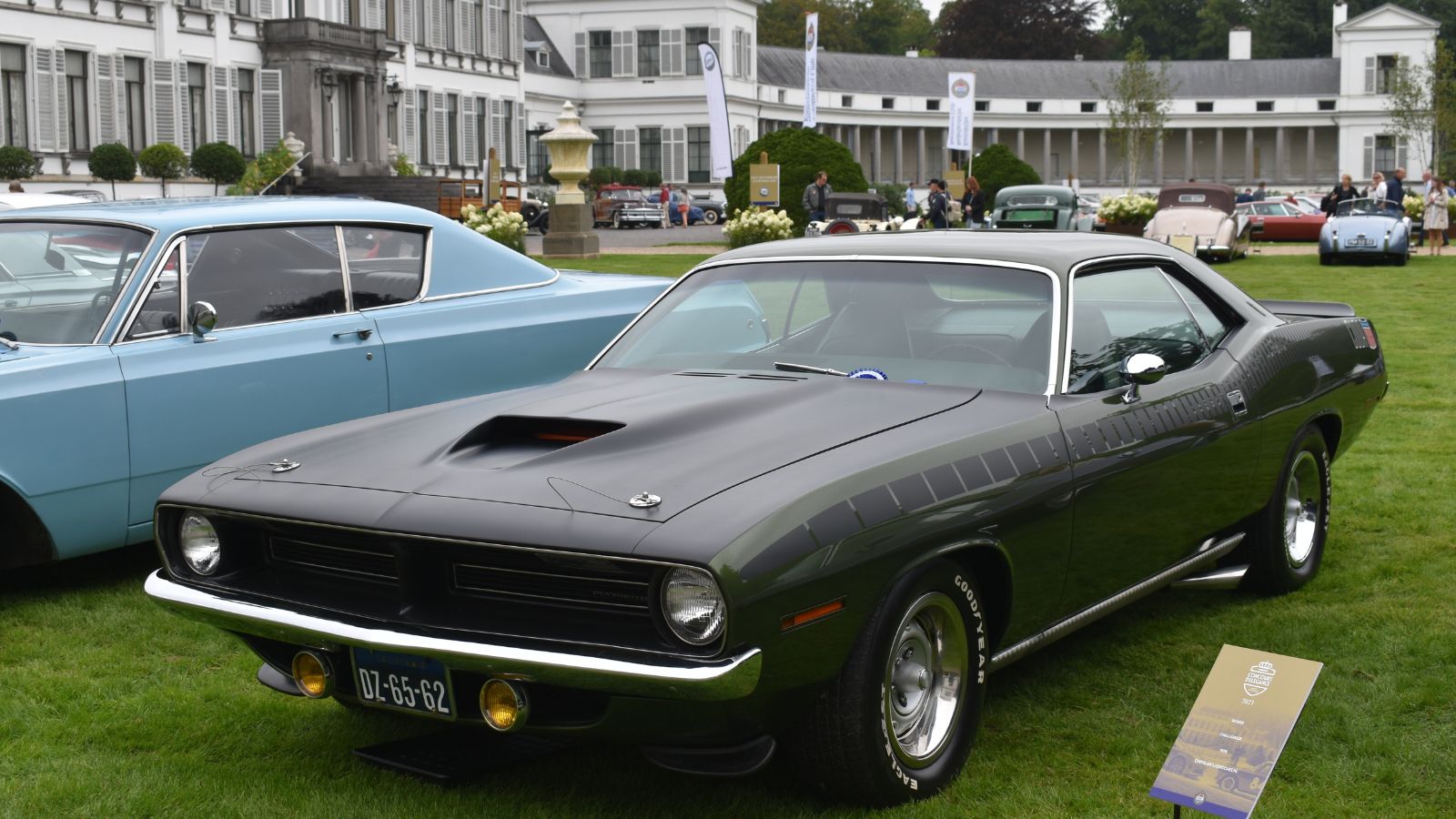
Chrysler’s response to the rising competition in muscle cars was the 1970 Plymouth Hemi Cuda. 426 HEMI V8 produced 425 bhp and 664 N-m of torque to the vehicle, enabling the car to go from 0 to 60 mph in seconds. The astounding speed left more than a few contemporaneous muscle cars behind, including the present-day Dodge Challenger R/T model. The Hemi Cuda had a reputation for its acceleration, often resulting in tire smoking.
1987 Buick GNX

The 1987 Buick GNX earned the title of the world’s fastest production car at that time. Its turbocharged 3.8-liter V6 engine produced about 276 hp, around 488 Nm of torque, and an impressive 300 hps. This beauty could sprint from 0 to 60 miles per hour in just about 4.7 seconds, making it one of the cars featuring leaps ahead of Ferrari’s 328 GTS and smashing many through the Chevrolet’s Corvette C4 door.
1969 Ford Mustang Boss 429
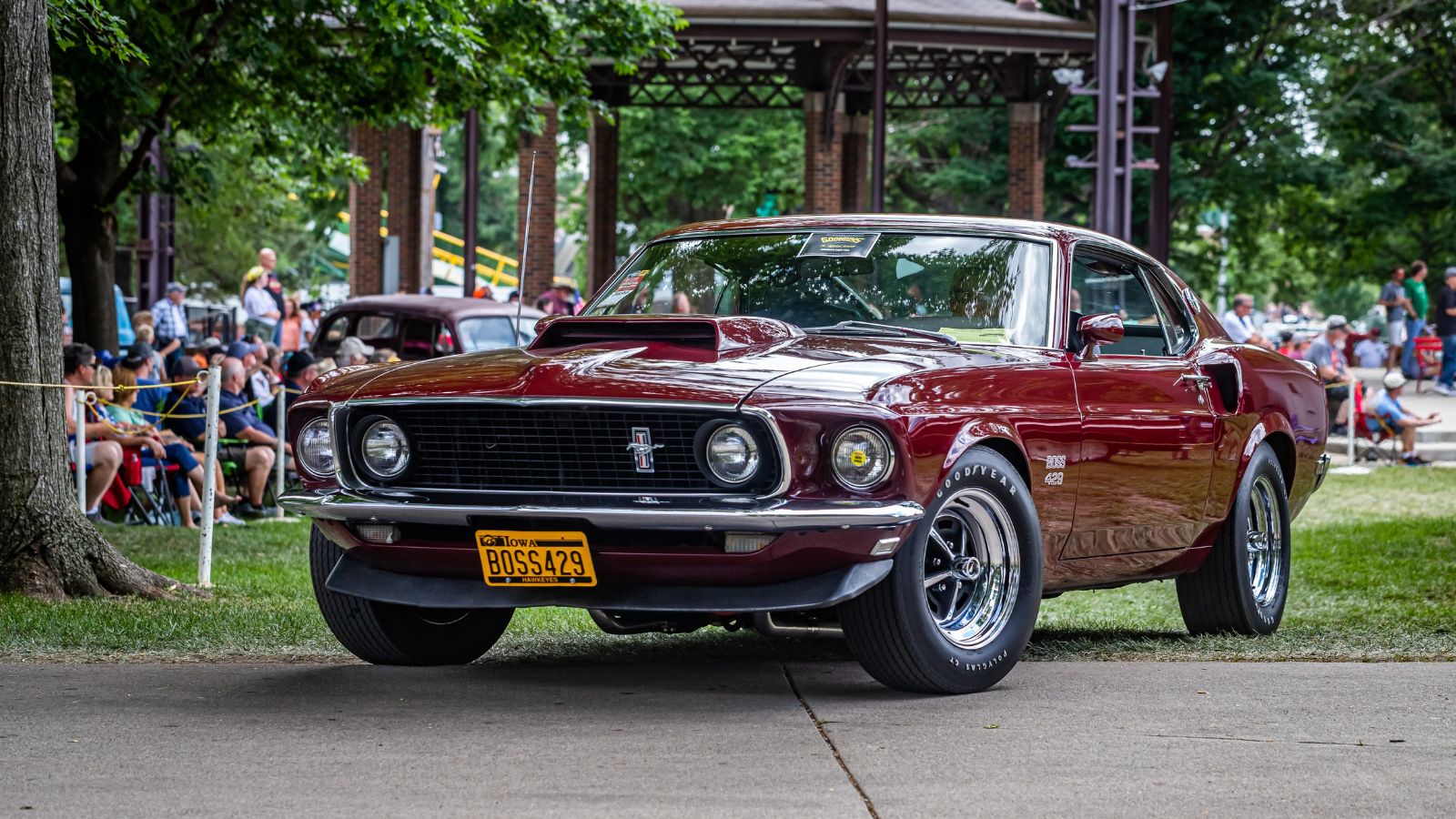
The 1969 Ford Mustang Boss 429 was fitted with a massive 7.0L (429 cubic inches) V8 engine that produced around 375 to 500 hp. It also featured an exciting speed from 0 to 60 mph in 4.9 seconds, comparable to that of current-day muscle cars, including the 2024 Ford Mustang GT. It was a NASCAR standard machine and undoubtedly a highway monster that could go 118 miles an hour.
1971 Lamborghini Miura SV
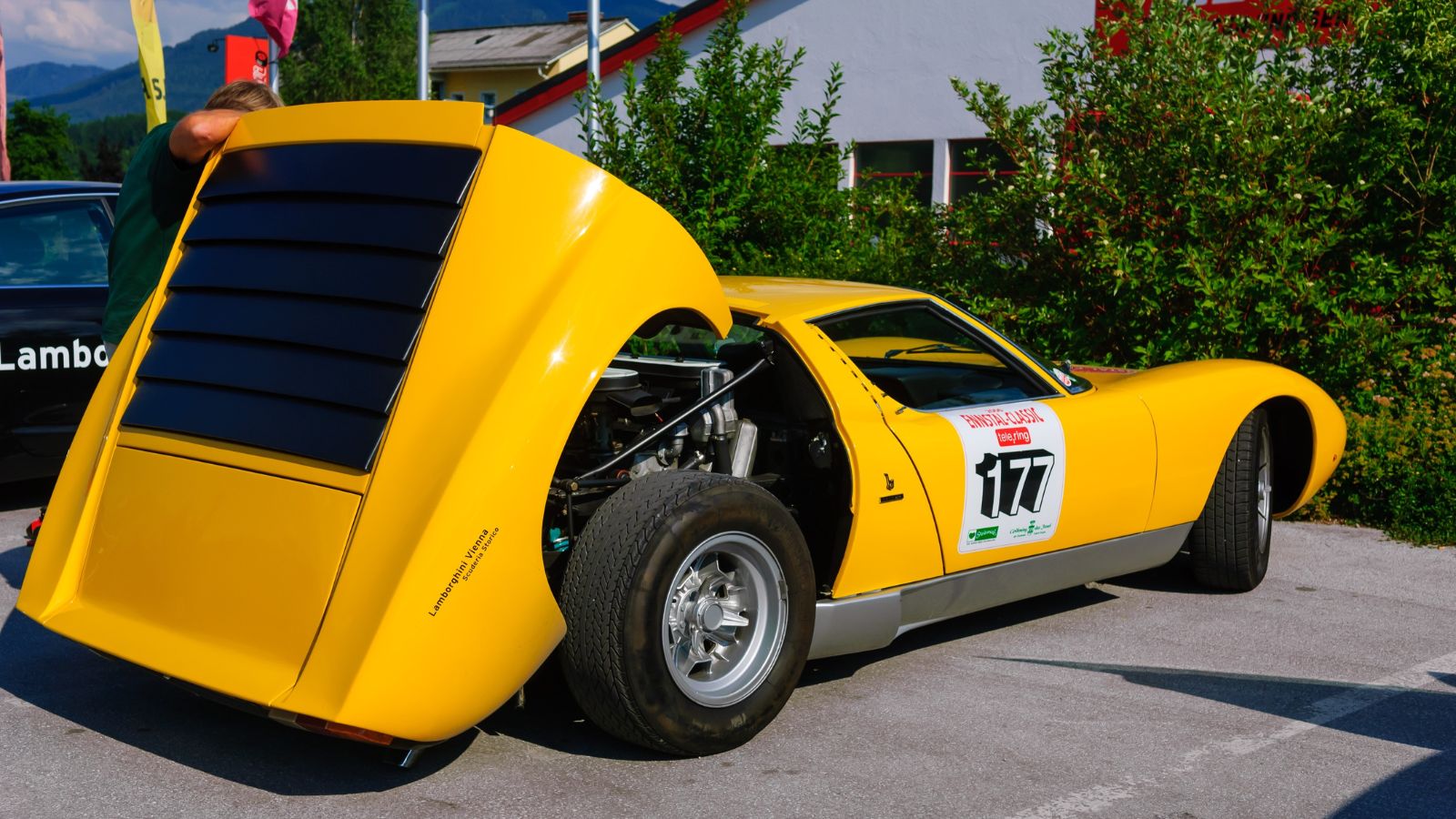
Often considered the first real supercar in history, the 1971 Lamborghini Miura SV boasted an incredible 3.9L V12 engine, producing 385 hp and 400 Nm of torque. It could accelerate from 0 to 60 mph in a stupendous 3.9 seconds, unmatched by most modern cars. Its top speed was well above 179 mph, placing it ahead of most modern-day Lamborghinis at its introduction.
1984 Ferrari 288 GTO
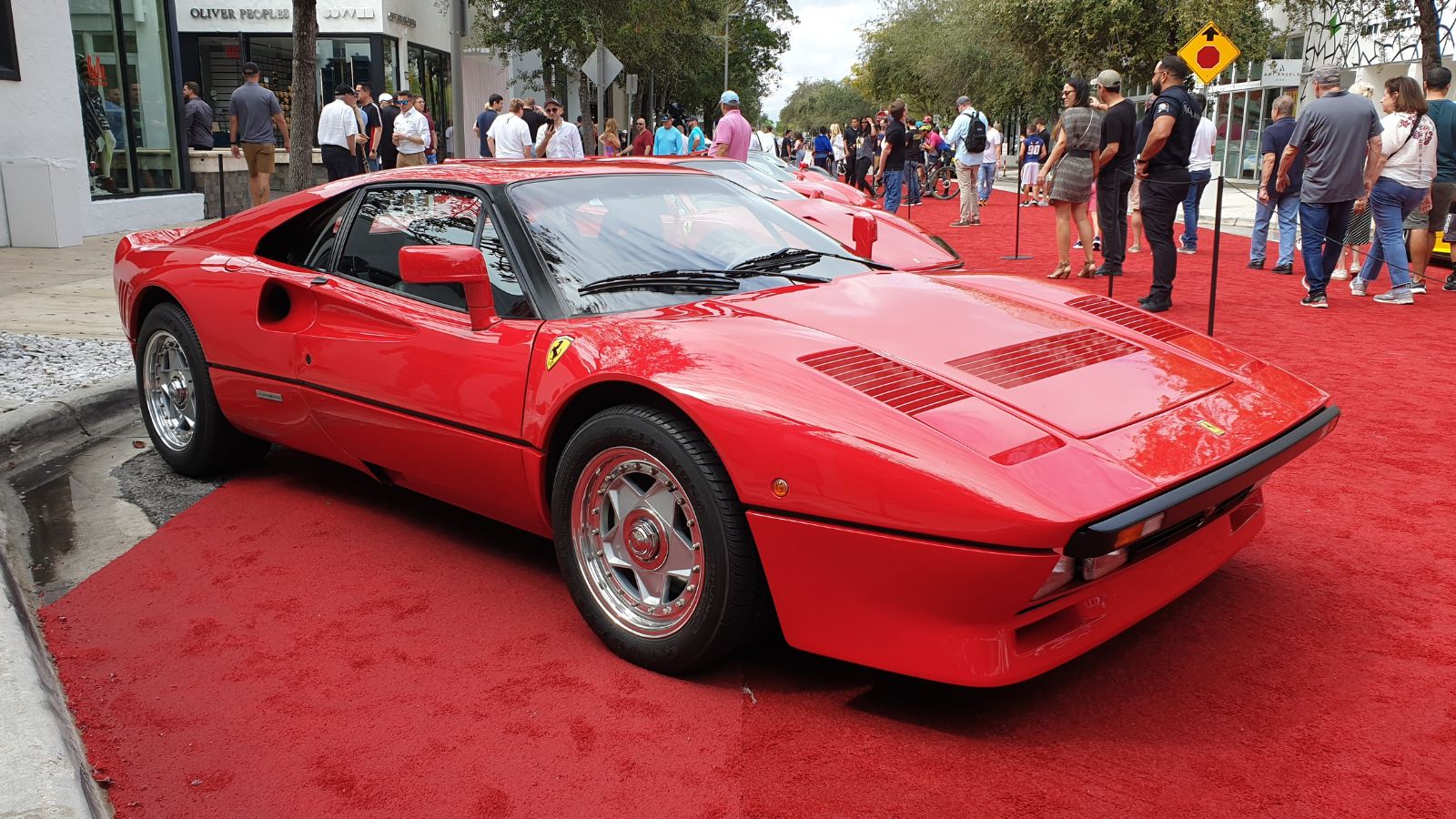
The 1984 Ferrari 288 GTO is one of the most successful forecasts of future F40 fame. It boasts a 2.9L twin-turbo V8 engine with power limited to 400 hp and a top speed of 189 mph. With a fantastic 0-60 record in only four seconds, it is one of the fastest cars even today. It was produced only in 272 units, which made it one of the most desirable collector models.
1963 Chevrolet Corvette Grand Sport

The 1963 Chevrolet Corvette Grand Sport boasted a robust 6.2L V8 engine, producing an astounding 550 horsepower while maintaining a lightweight design at just 1,800 lbs. It was crafted from aluminum and fiberglass materials, and its remarkable engineering enabled it to accelerate from 0 to 60 mph in merely 3.9 seconds, surpassing even modern counterparts like the Corvette C7 Grand Sport. Only five units of the Grand Sport were manufactured before GM halted production, solidifying its status as one of the rarest Corvettes around.
1986 Porsche 959
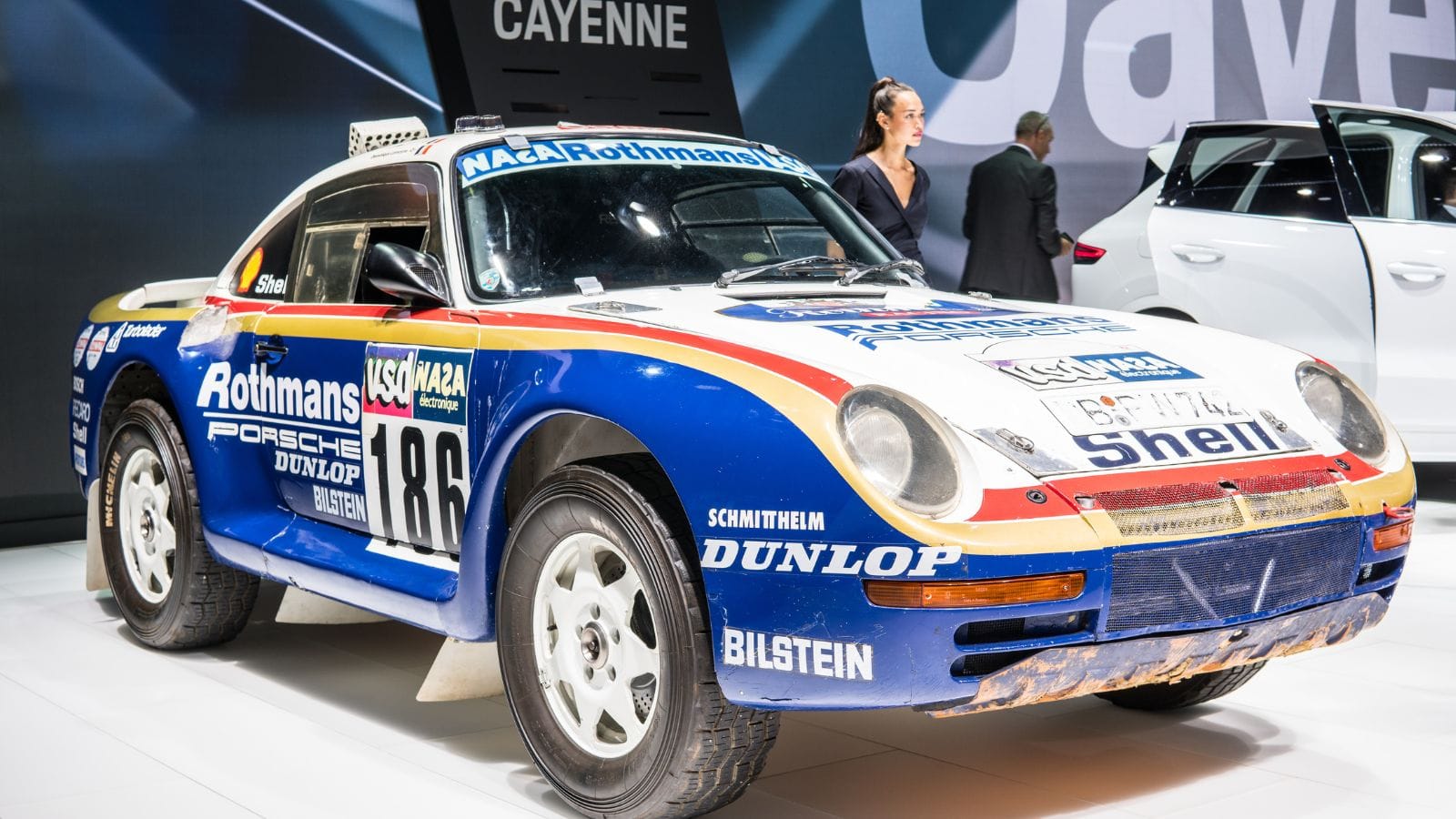
Regarded as a technological masterpiece, the Porsche 959 debuted in 1986 ahead of its contemporaries. It featured a sophisticated flat-six engine with twin turbochargers displacing 2.85 liters. It delivered an impressive output of 450 horsepower, allowing it to reach speeds from 0 to 60 mph within just 3.6 seconds, making it quicker than even the Ferrari F40. It also attained a top speed of 197 mph, making it the fastest production vehicle globally at launch. Introducing features such as an active all-wheel drive system, adjustable suspension mechanics, and aerospace-grade components set new standards and influenced future hypercars significantly.
1991 Porsche 959

The 1991 Porsche 959 had a 450-hp twin-turbo flat-six and improved aerodynamics and software. With acceleration of 0-60 mph in 3.6 seconds and a quarter-mile time of just 11.8 seconds, it could still challenge today’s Porsche 911 Turbo S. This car paved the way for modern hypercars by integrating all-wheel drive, active aerodynamics, and computer-controlled systems. Its advanced technology was studied by car manufacturers even in 2000.
1992 McLaren F1
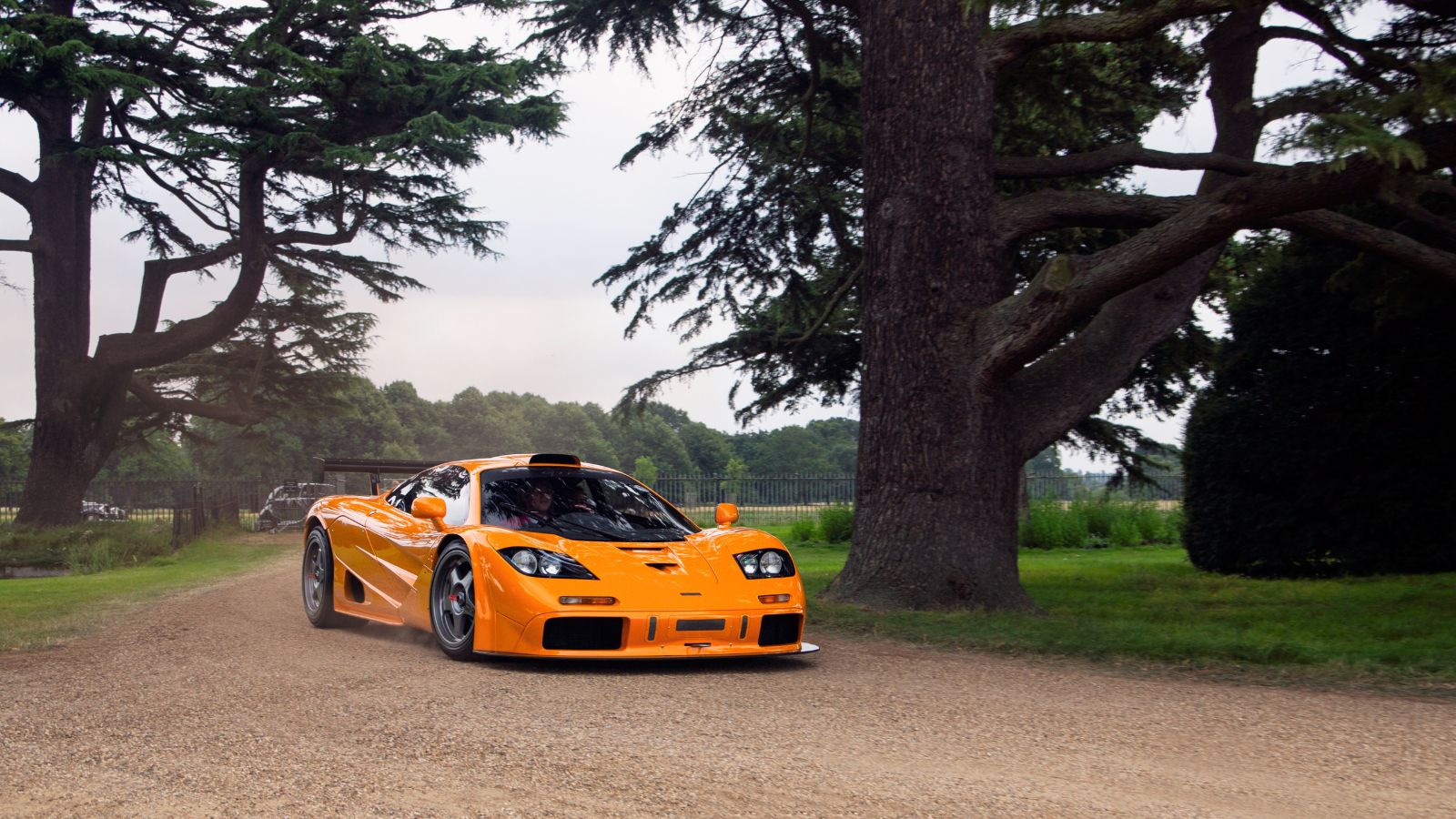
The 1992 McLaren F1 remains one of the fastest naturally aspirated cars ever built. Equipped with a 6.1L BMW V12, it produced 618 hp and reached a top speed of 240.1 mph. It also featured a gold-lined engine bay to help with heat dissipation. The car could sprint from 0 to 60 mph in 3.2 seconds, making it faster than most modern Ferraris and Lamborghinis. Unlike today’s hypercars, the F1 had no electronic driving aids, relying purely on mechanical grip and driver skill.
1973 Porsche 911 Carrera RS
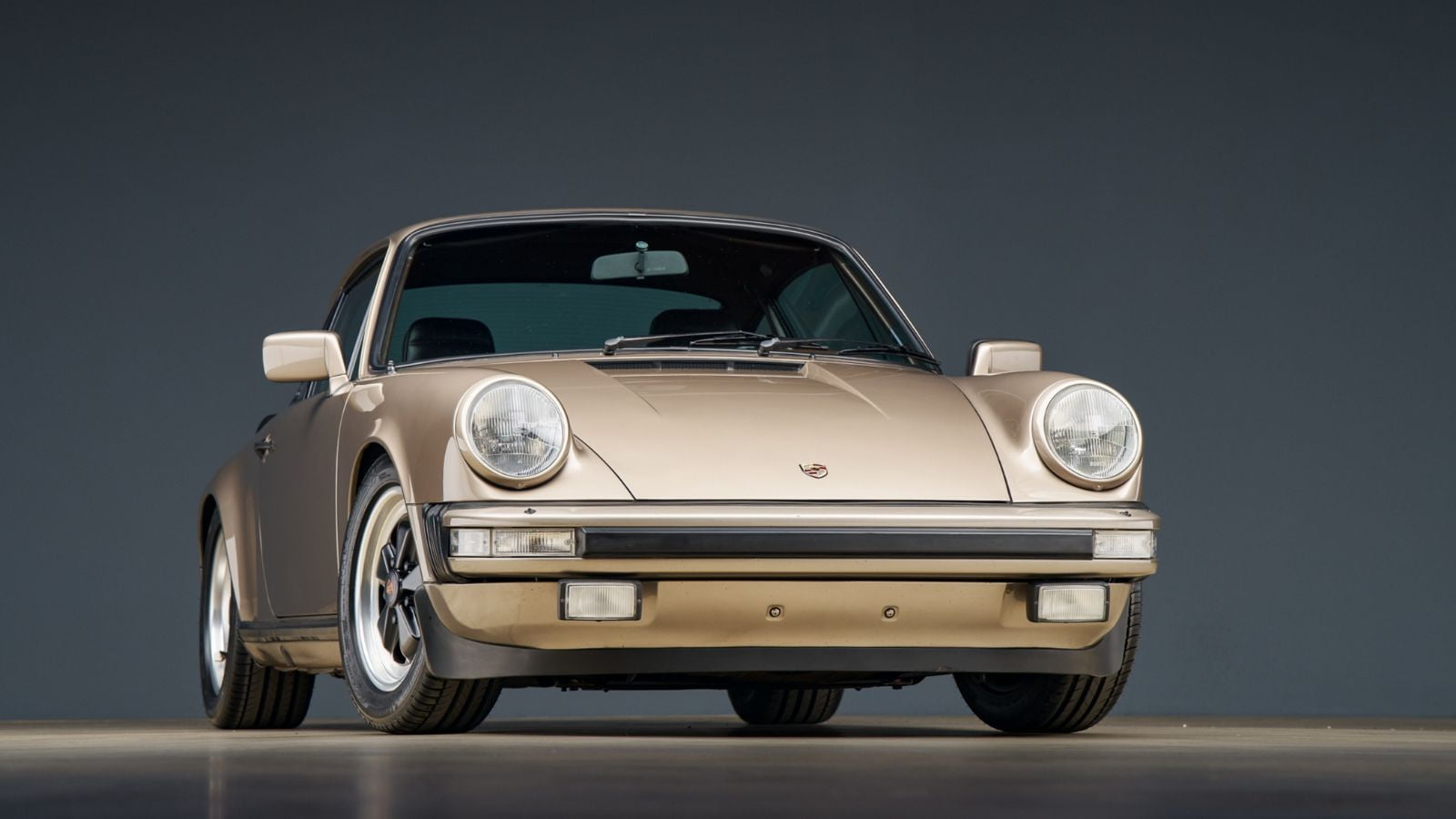
The 1973 Porsche 911 Carrera RS is often called the best 911 ever. Powered by a 2.7L flat-six engine that produced 210 hp, it may seem tame compared to modern sports cars. However, with a weight of just 2,150 lbs, it could go 0-60 mph in 5.5 seconds, matching the 2024 Toyota GR Supra. Its perfect weight distribution and rear-engine layout made it a track monster.
1967 Ferrari 275 GTB/4
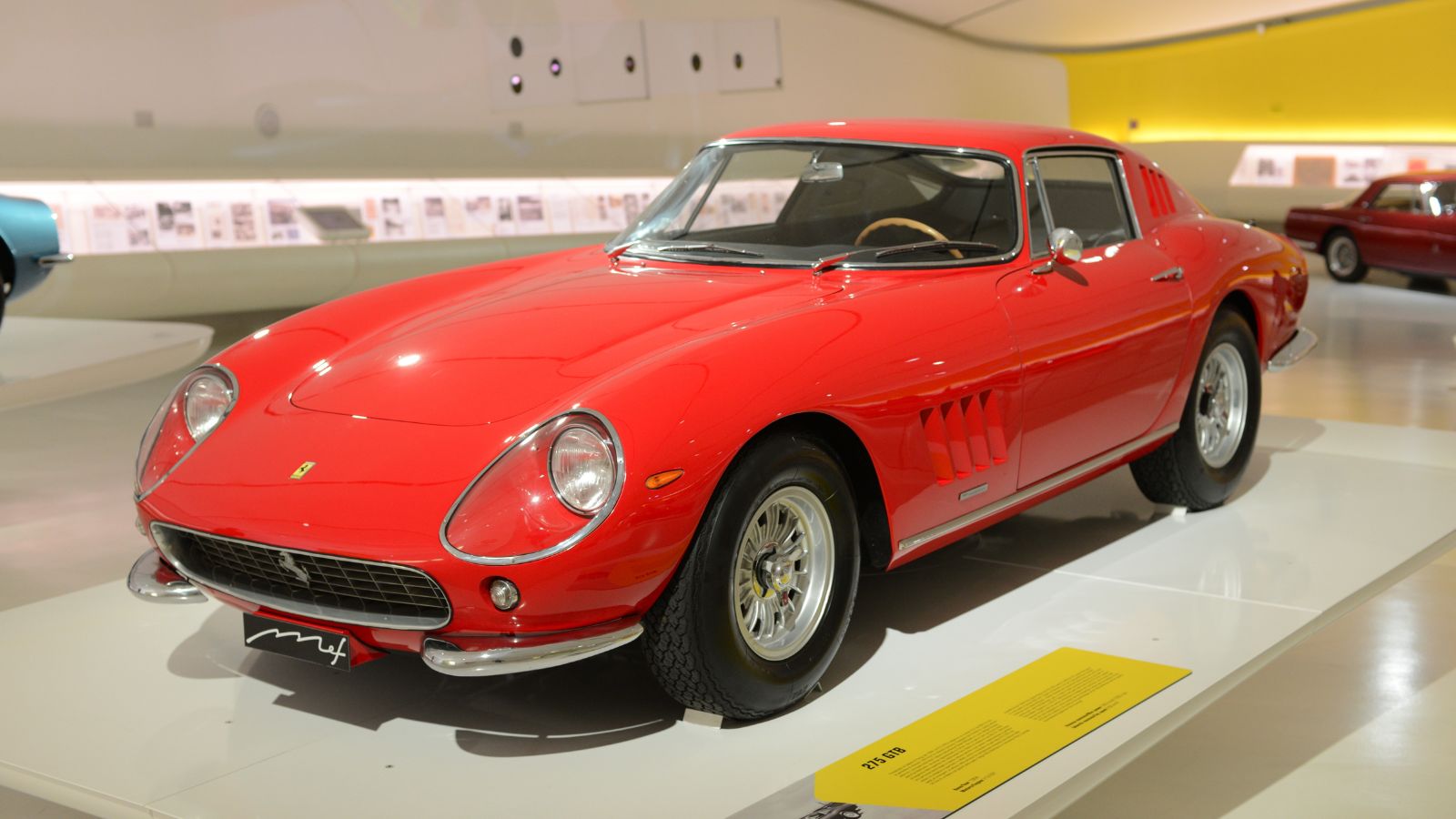
The 1967 Ferrari 275 GTB/4 was one of Ferrari’s most elegant yet powerful grand tourers. Its 3.3L V12 made 300 hp, allowing it to hit 0-60 mph in just 5.5 seconds, faster than many modern luxury sports cars. It had a top speed of 165 mph, which was incredible for the 1960s. The four-cam V12 gave it an unmistakable Ferrari exhaust note enthusiasts still admire today. The 275 GTB/4 was Ferrari’s first road car to feature an independent rear suspension!
1962 Aston Martin DB4 GT Zagato
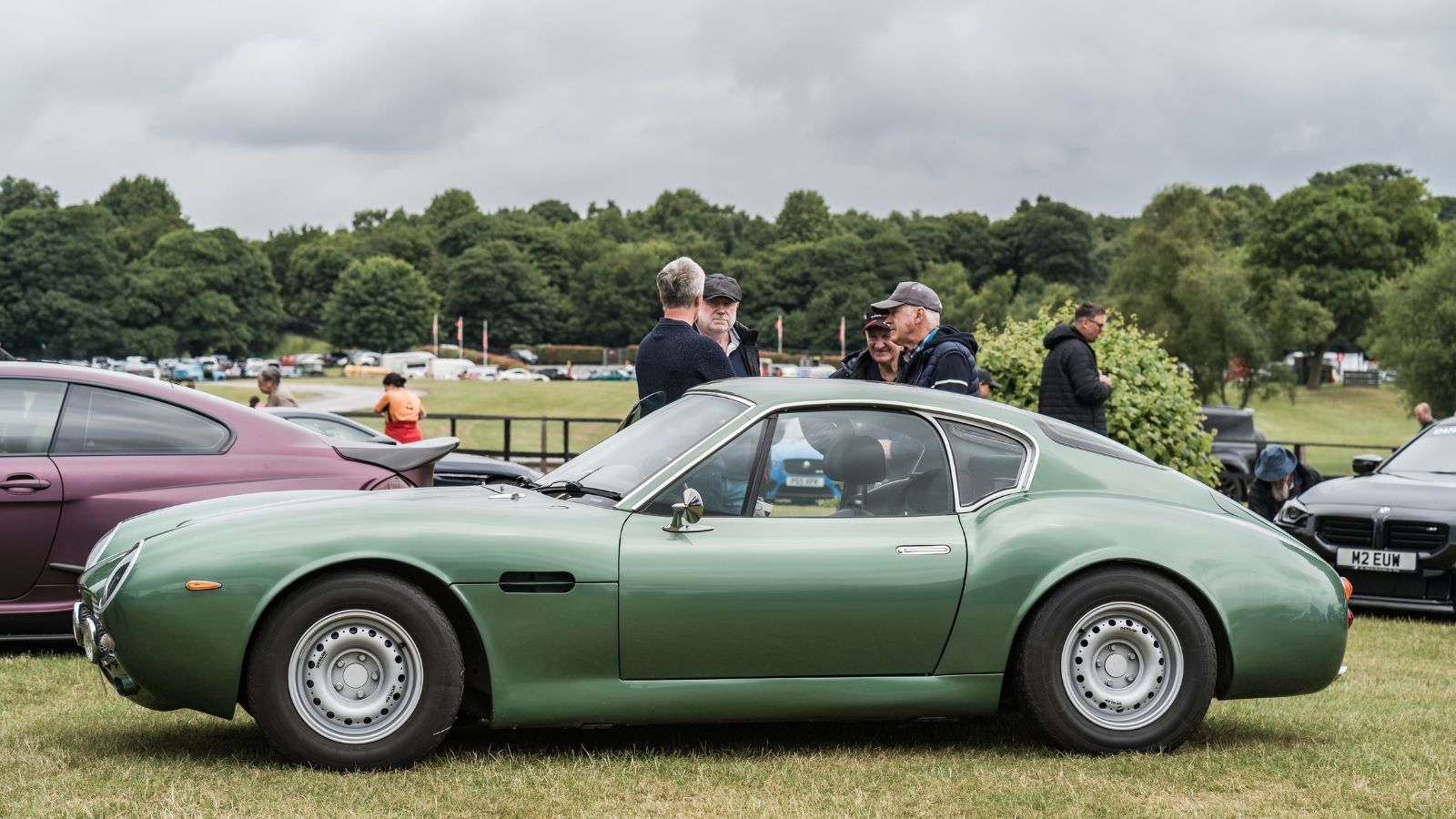
The 1962 Aston Martin DB4 GT Zagato was a lightweight version of the DB4 designed for racing. With a 3.7L inline-six engine that produced 314 hp, it could hit 0-60 mph in 6.1 seconds. Weighing just 2,700 lbs, its power-to-weight ratio rivals that of many modern sports cars. The Zagato-built aluminum body made it more aerodynamic and aggressive than the standard DB4. Only 19 units of the DB4 GT Zagato were built, making it one of the rarest Aston Martins ever!
1959 Jaguar XKSS
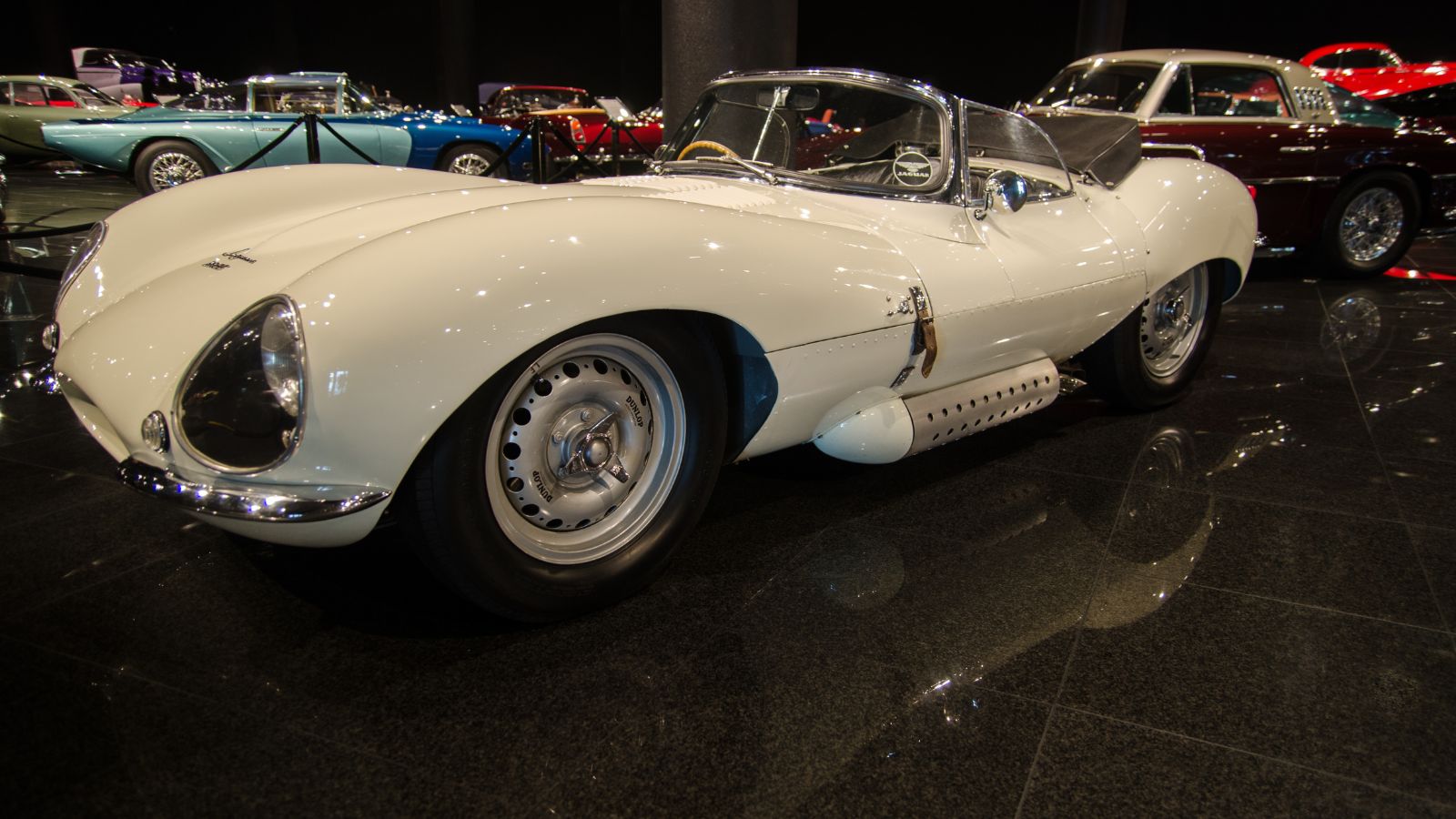
The 1959 Jaguar XKSS was based on the Le Mans champion, the Jaguar D-Type. Driven by a 3.4L inline-six engine with 250 hp, it could manage 0-60 mph in 5.2 seconds. That car featured a built-in lightweight aluminum body that reached a top speed of 149 mph, making it one of the fastest cars in the ‘50s.
1978 Lotus Esprit S1
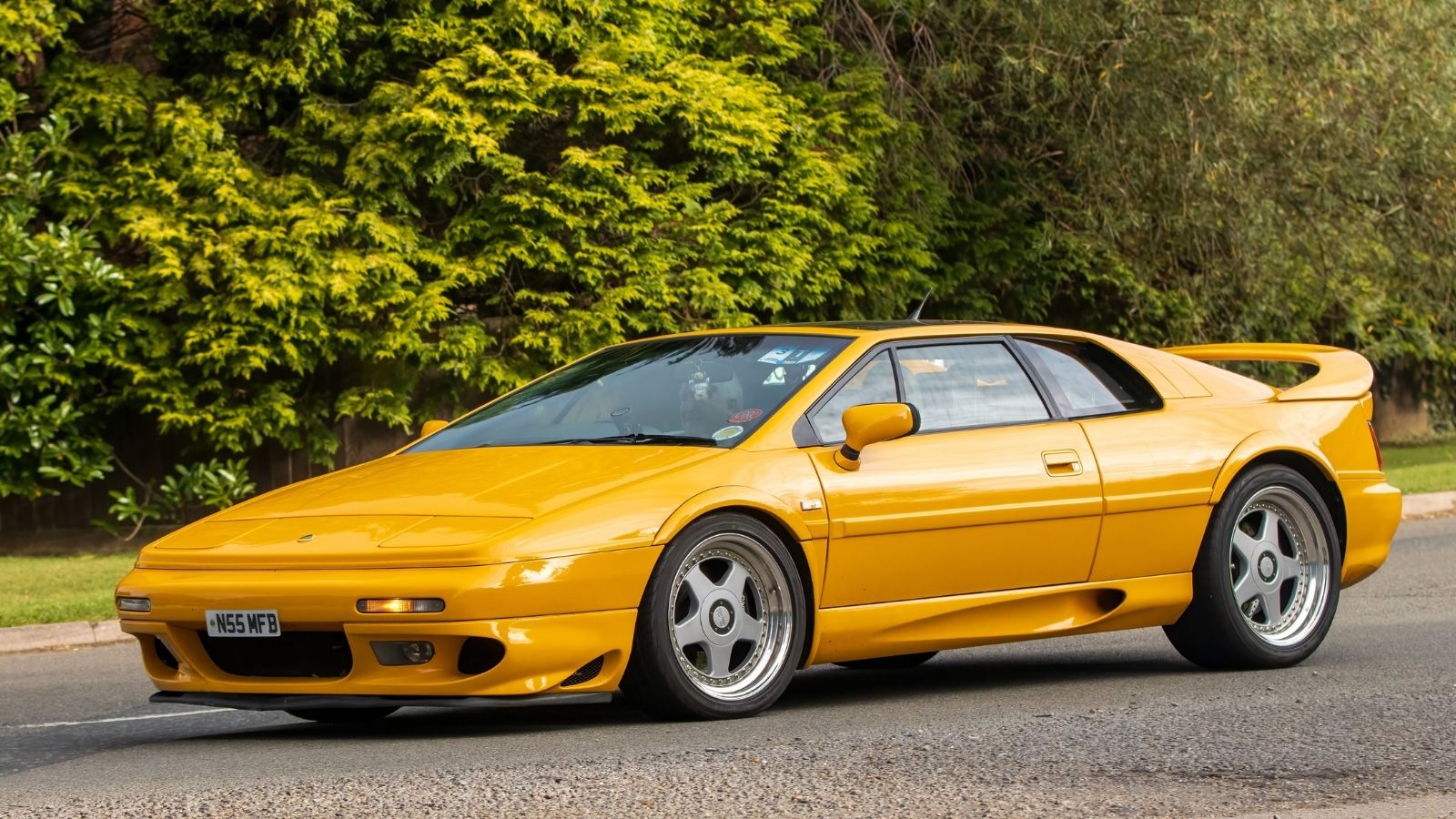
The Lotus Esprit S1 was launched in 1978. Its light 2,200 lbs lightweight design had a 2.0L inline-four that generated 160 hp, allowing the car to go from 0 to 60 in under 7 seconds. Its sharp wedge form has provided a significant aerodynamic advantage over many vehicles from its day. The car’s magnificent design and speed enabled it to feature multiple blockbuster movies highlighting its performance.
1982 De Tomaso Pantera GT5
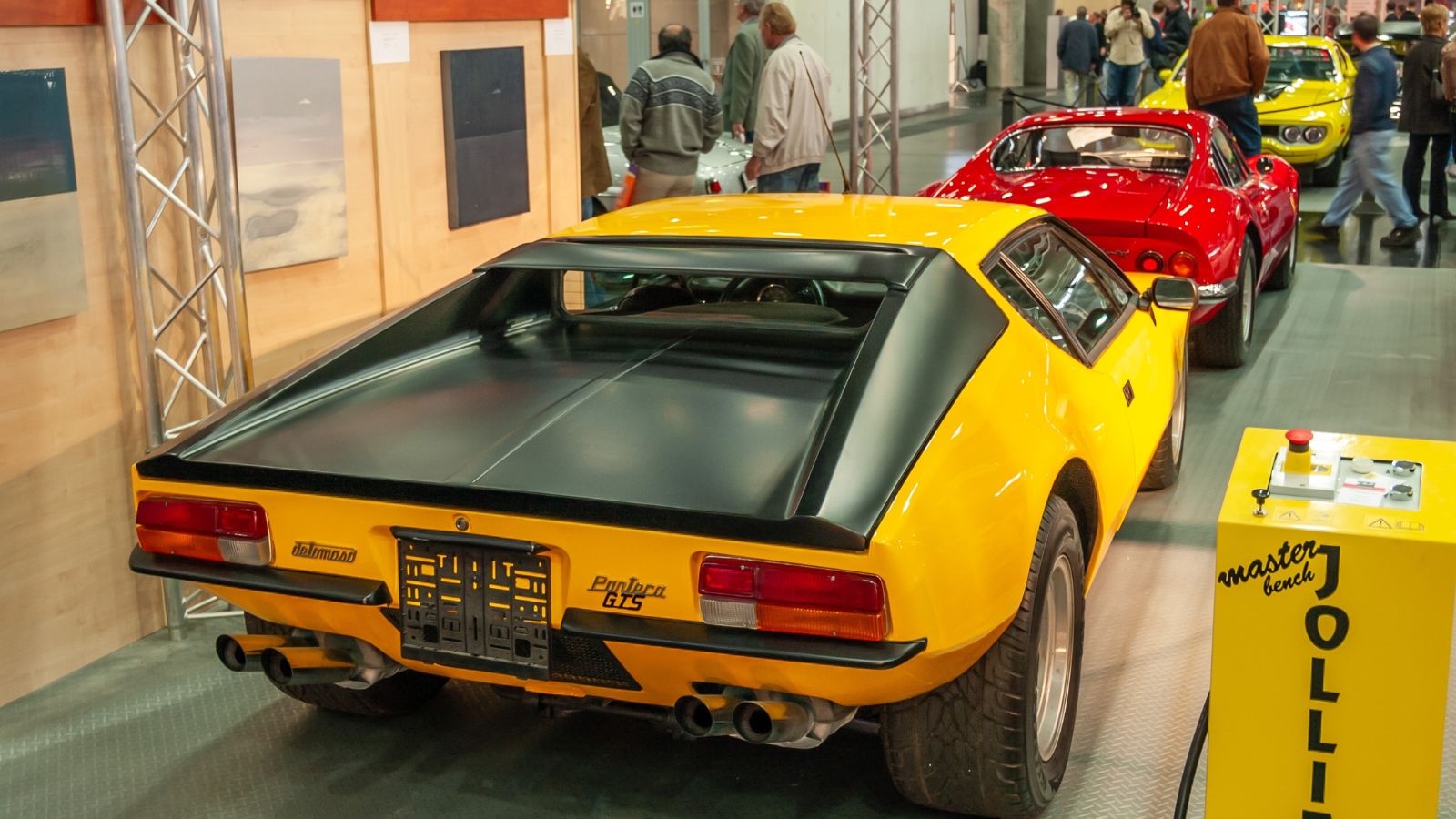
The 1982 De Tomaso Pantera GT5 was a mix of Italian design and American V8 power. It had a 5.8L Ford V8 and a power of 350 hp, which allowed it to achieve 0-60 mph in 5.4 seconds, making it faster than the early 2000s sports cars. It reached a top speed of 174 mph, faster than any Ferrari. Unlike the old Panteras, the GT5 had extended front and rear spoilers and massive tires for improved handling.
18 Budget-Friendly Electric Cars That Last Longer Than Their Loans — Economical Electrics
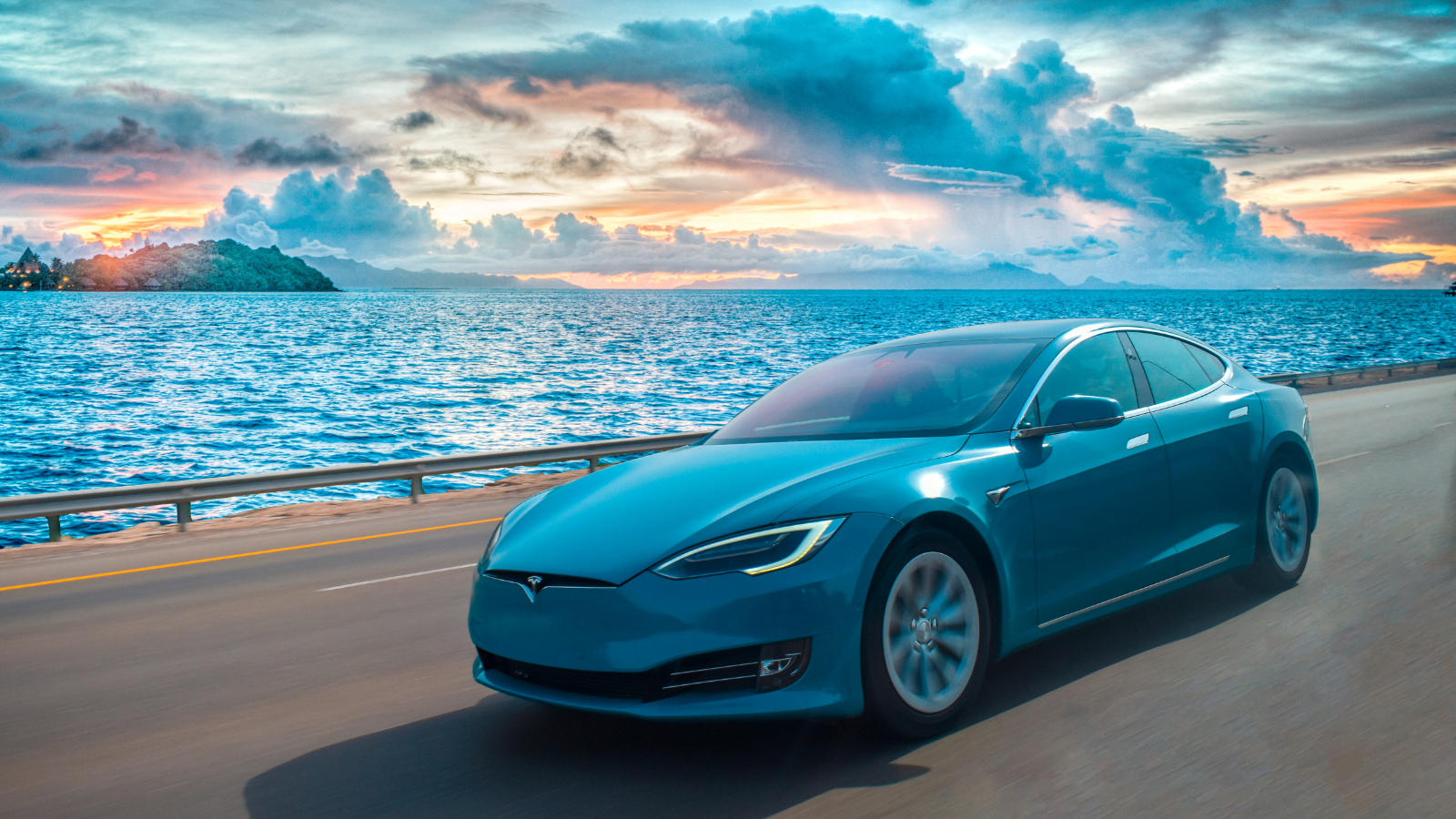
Electric vehicles are no longer a luxury for the elite—they’re a smart investment for the everyday driver. With manufacturers stepping up to the plate, affordable EVs now deliver on reliability, range, and modern comforts. Here’s a look at 18 economical electric cars engineered to outlast their payment plans.
18 Budget-Friendly Electric Cars That Last Longer Than Their Loans — Economical Electrics
